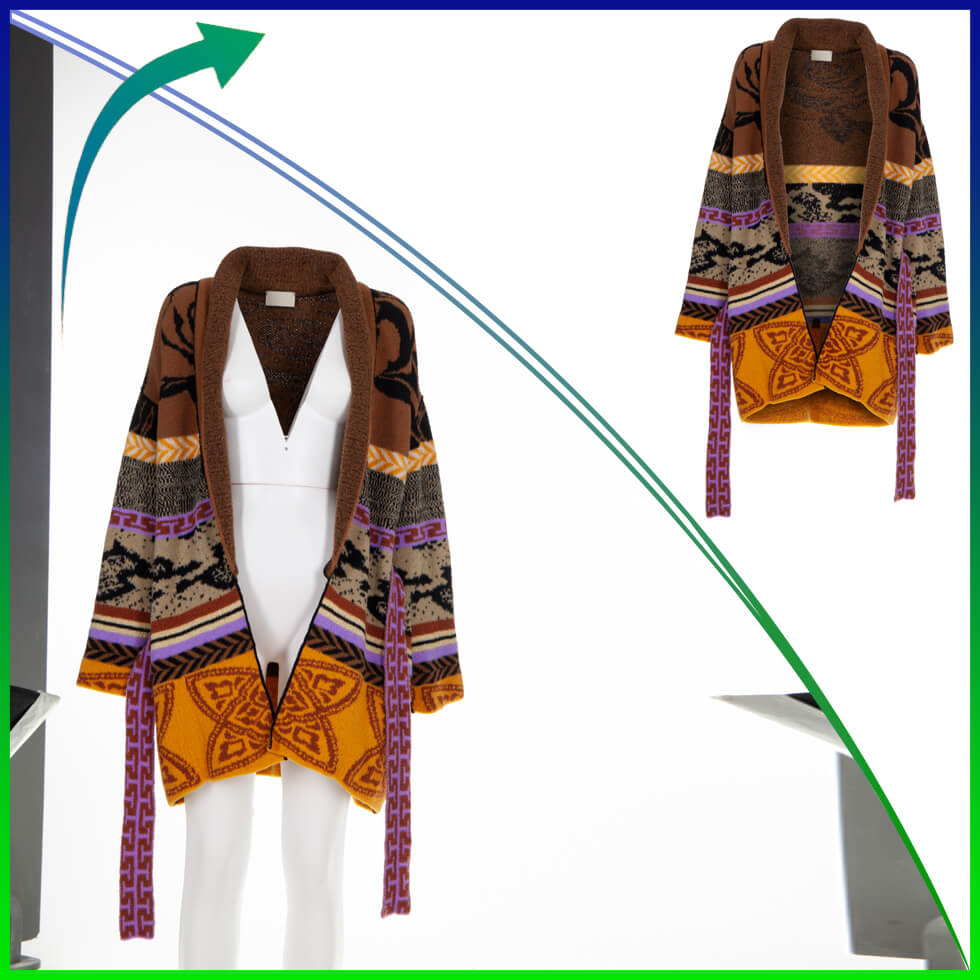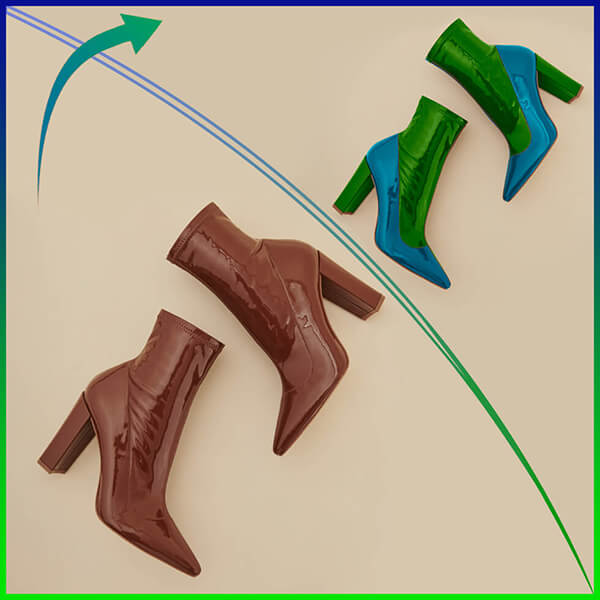Amazon Product Image Size Guidelines 2024: Best Practices for High-Quality Listings

In today’s competitive e-commerce landscape, high-quality product images play a pivotal role in driving conversions. On platforms like Amazon, where customers rely on visuals to assess product quality and make purchasing decisions, it is essential to follow specific image size guidelines and best practices. In this comprehensive guide, we’ll delve into the optimal Amazon product image sizes, formatting requirements, and best practices for creating images that enhance your listings, attract customers, and boost sales.
The Importance of Amazon Product Image Sizes for Seller Success
As an Amazon seller, you want to ensure that your product images not only meet the platform’s technical requirements but also stand out in search results and deliver an excellent viewing experience. Amazon’s marketplace is highly competitive, and product images often serve as the deciding factor in a customer’s purchasing decision.
By adhering to Amazon’s product image size guidelines, sellers ensure that their images display correctly across devices, maintain high quality when zoomed in, and avoid unnecessary delays in approval. Properly optimized images enhance product visibility and search rankings within Amazon's algorithm, making it essential to get this right.
Amazon Product Image Size Requirements for 2024
Amazon has specific image guidelines that sellers must adhere to when uploading product photos. Failure to comply can result in images being rejected or listings being removed.
Here are the key size requirements for Amazon product images in 2024:
- Minimum Size: Images must be at least 1000 pixels on the longest side. This minimum resolution allows for the zoom function, which is crucial for customer confidence.
- Recommended Size: The optimal size for images is 2000 x 2000 pixels. This resolution ensures high quality while allowing the zoom feature to work smoothly.
- Maximum File Size: The maximum file size is 10MB. Avoid larger files as they can slow down page load times, which may negatively impact both the customer experience and your Amazon rankings.
- Aspect Ratio: Amazon recommends a square aspect ratio (1:1) for product images. This ensures that images display consistently across all devices and in search results.
- File Formats: Accepted file formats include JPEG, PNG, TIFF, and GIF. JPEG is the most commonly used format due to its balance between image quality and file size.
Image Resolution and Zoom Functionality
To enable Amazon's powerful zoom feature, images must meet the minimum resolution requirements. Images that are at least 1000 pixels on the longest side allow customers to zoom in and inspect product details. This feature significantly enhances customer confidence and reduces the likelihood of returns, as buyers get a closer look at your product before making a purchase.
Higher resolutions, such as 2000 x 2000 pixels, are ideal because they not only support zoom but also help maintain image clarity across various device sizes, from mobile phones to desktop monitors.
Best Practices for Optimizing Amazon Product Images
Beyond size requirements, following best practices for product image optimization is key to creating high-performing listings. These practices include focusing on quality, clarity, and alignment with Amazon’s strict content guidelines.
Use High-Quality and Clear Images
Always upload high-resolution images that are sharp, clear, and free of any pixelation or blurriness. Poor-quality images can drive potential buyers away, as they may question the quality of the product. Make sure your images capture the product's features in great detail.
Proper Lighting and Angles
Good lighting is crucial for showcasing your product in the best light, both literally and figuratively. Avoid shadows or harsh lighting that may distort the product's appearance. Multiple angles—front, back, side, and top views—help provide a full understanding of the product and its features. This is particularly important for fashion, electronics, and complex products, where customers need to see every aspect before making a purchase decision.
White Background Requirement for Main Images
Amazon requires that the main image (the primary image visible in search results) be displayed on a pure white background (#FFFFFF). This rule applies to all products except for books, art, and some media, which can use other backgrounds. The white background creates a clean, professional look that aligns with Amazon’s overall design aesthetic and improves visibility in search results.
Ensure that your product fills at least 85% of the image frame. This avoids excessive white space and ensures that customers can clearly see the product in detail.
Types of Amazon Product Images and Their Role in Conversion
Amazon allows sellers to upload multiple images per product listing. Each type of image serves a unique purpose in helping customers understand the product and make informed purchasing decisions.
Main Product Image
The main product image is the first image customers see when they browse Amazon. It is crucial for this image to meet all of Amazon’s size and quality requirements, as it often determines whether a potential buyer will click on your listing.
Best Practice: The main image should display the product clearly, without any additional accessories, packaging, or branding, unless those items are included with the purchase. The product should be centered, well-lit, and occupy most of the frame.
Secondary and Lifestyle Images
Secondary images provide additional views of the product, showing different angles or close-ups of important features. These images help provide a more complete understanding of the product and increase customer trust.
Lifestyle images, on the other hand, show the product in a real-world setting. They give customers an idea of how the product will look and function when used. For example, a clothing brand might show a model wearing the garment, or a furniture company might display their product in a well-decorated living room.
Infographic and Feature-Focused Images
Infographic images can highlight key features and benefits of your product. Use these images to communicate important product details that might not be immediately obvious from a photograph alone. For example, an infographic could point out material composition, dimensions, or special functionalities.
Text and Logos on Images
Amazon discourages the use of text, watermarks, or logos on product images, especially the main image. However, secondary images may include informative text as long as it enhances the customer experience without detracting from the product itself.
The Impact of Image Quality on Sales and Search Rankings
Image quality has a direct impact on conversion rates and search rankings on Amazon. High-quality images are more likely to engage customers, leading to increased click-through rates (CTR) and conversions. Additionally, Amazon’s algorithm favors listings with better engagement metrics, meaning your well-optimized images can help improve your search rankings within the platform.
Improving Conversion Rates with Engaging Visuals
When shoppers browse Amazon, they make split-second decisions based on product images. Listings with poor or unclear images often experience high bounce rates, as customers quickly move on to other options. On the other hand, images that clearly showcase the product, its features, and its benefits encourage customers to explore further and ultimately make a purchase.
Common Mistakes to Avoid When Uploading Amazon Product Images
Even experienced sellers can make mistakes when uploading product images. Avoid these common pitfalls to ensure your images meet Amazon’s guidelines and effectively drive sales.
Low-Resolution Images
Uploading images that are smaller than 1000 pixels on the longest side disables the zoom feature and results in pixelated, low-quality visuals. This reduces buyer confidence and may result in lower sales.
Cluttered or Distracting Backgrounds
Amazon requires a pure white background for main images to maintain consistency and professionalism across the platform. Images with cluttered backgrounds, excessive props, or branding elements will likely be rejected.
Overuse of Infographics or Text Overlays
While infographics and text overlays can be useful in explaining product features, overloading images with too much text can make them cluttered and hard to read. Stick to clean, minimal designs that complement the product.
Mastering Amazon Product Image Guidelines in 2024
Adhering to Amazon’s product image guidelines is essential for any seller looking to succeed on the platform in 2024. High-quality images that meet size requirements, follow best practices, and showcase your product in the best light can significantly improve your listing’s visibility, engagement, and conversions. By following these tips, you’ll be well-equipped to create a strong visual presence that attracts customers and drives sales.
FAQs
Q1: Can I upload images larger than 2000 x 2000 pixels?
Yes, but be mindful of the file size. Images larger than 2000 x 2000 pixels are acceptable as long as they don’t exceed Amazon’s 10MB file size limit. Larger images might slow down load times, impacting the customer experience.
Q2: What’s the best file format to use for Amazon product images?
The recommended file format is JPEG, as it strikes a good balance between image quality and file size. PNG and TIFF formats are also supported, but JPEG remains the preferred format for most sellers.
Q3: Can I use lifestyle images as my main product image?
No, Amazon requires the main product image to have a pure white background and to display only the product itself. Lifestyle images can be used as secondary images to complement the main product photo.
Q4: How do I optimize images for Amazon’s mobile platform?
To ensure your images display well on mobile, stick to the recommended 2000 x 2000 pixel



